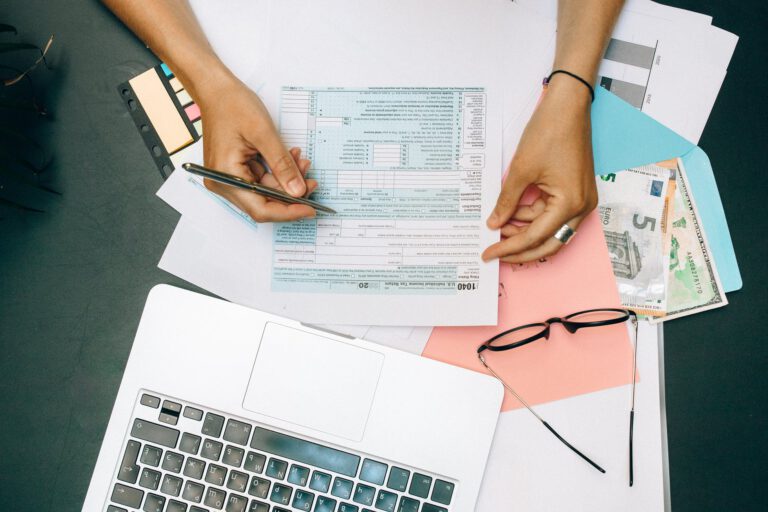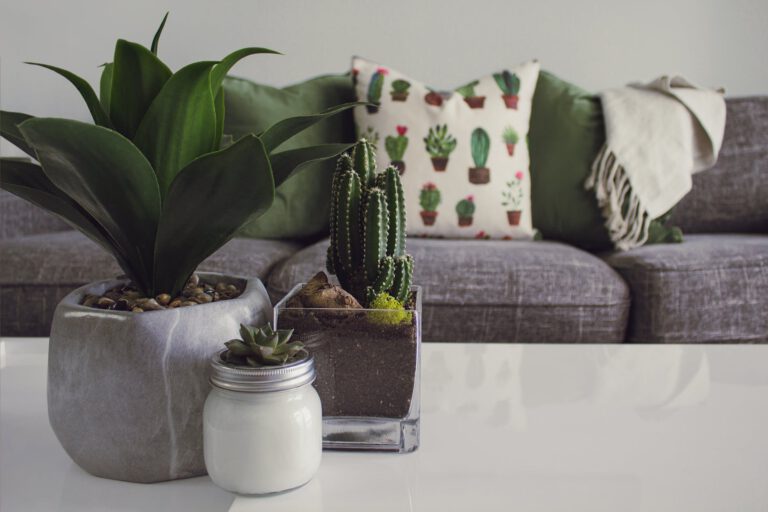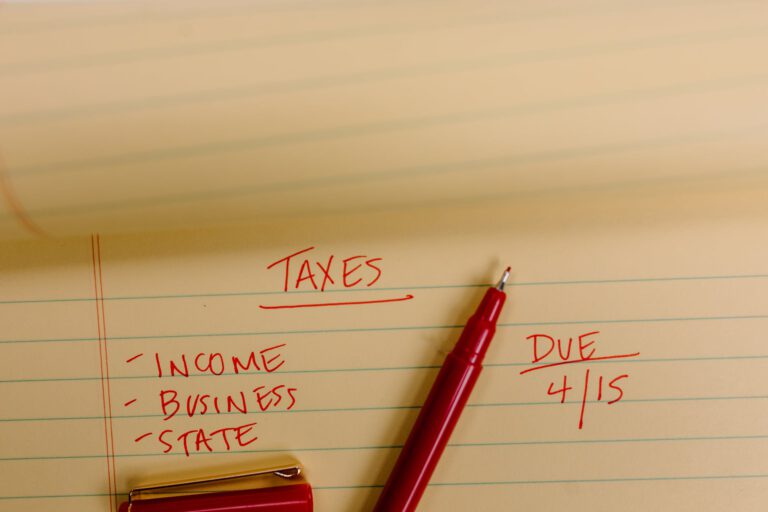How Long Do You Live in a Home To Avoid Capital Gains Tax?
When you sell property in Canada, you owe capital gains tax to the Canada Revenue Agency. This applies to commercial property, cottages and your principal residence. There are ways to legally avoid paying capital gains on your home. But to know what to do and how to do it, you first need to learn how to report the sale of your home (or any property) to the CRA.
The good news is it’s relatively easy to report the sale of your home — or any property sale, for that matter. The slightly trickier determination is whether or not you’ll owe taxes on the property you sold.
How to Report the Sale of Property in Canada
To report the sale of a property, you need to complete Form T2091 for the tax year the property was sold.
For instance, if you sold the asset in 2024, you would need to report the sale of this property using Form T2091, when you file your 2024 tax forms (due April 30, 2025).
If the property was your principal residence — your home — the entire time that you owned it, you only need to fill out the first page of Form T2091 and declare that the property was your principal residence on your Schedule 3. By doing this, any profit earned from the sale is now sheltered using the Principal Residence Exemption.
What is the Principal Residence Exemption (PRE)?
The principal residence exemption is an income tax benefit that shelters the profit you earn from the sale of your home.
To be able to shelter yourself from having to pay capital gains taxes, the property sold must meet the qualifications of a principal residence — and must meet these qualifications for each year you own the property.
What Qualifies as a Principal Residence?
A principal residence is a place you call home; it’s where you usually live and conduct your daily affairs. It’s the place where you get your bills, receive your mail and it’s the address listed on your driver’s license. Additional documentation that would prove a property is your principal residence includes:
- The address listed on a bank account and income tax returns
- The address listed on the insurance documentation
- The address listed on your provincial medical plan
- among others.
Types of Property that Qualify As a Principal Residence
Based on the information provided by the CRA, the following types of property can qualify as a principal residence:
- a house;
- an apartment or unit in a duplex, apartment building or condominium;
- a cottage;
- a mobile home;
- a trailer;
- a houseboat;
- a leasehold interest in a housing unit; or
- a share of the capital stock of a co-operative housing corporation, if such share is acquired for the sole purpose of obtaining the right to inhabit a housing unit owned by that corporation.
Additional PRE Qualifications
In addition to the type of property, there are a few other qualifications that must be met in order to claim the PRE.
First, an individual or family unit — meaning your spouse or any child under 18 — can only apply the PRE to one home in a given calendar year. (There are mathematical nuances to this rule, but for now, just assume that one house per year can be designated a primary residence.)
You must also be a Canadian citizen in order to claim and use the PRE.
Designating a Property As a Principal Residence to Avoid Capital Gains Tax
As long as you and the property meet all the qualifications, you don’t have to report anything until you file your tax return for the year you sell the property. Then, once sold, you will need to fill out Form T2091, which includes the address of the property, the date it was acquired and the amount of the sale.
2025 Update to Capital Gains Tax Rules
As of March 21, 2025, the Canadian government cancelled the proposed increase in the capital gains inclusion rate. At the beginning of 2025, any Canadian reporting a capital gain was going to be charged tax on two-thirds of the profit, not 50%. However, with Justin Trudeau stepping down from the Liberal leadership and Mark Carney assuming the position of Prime Minister, this increase to the inclusion rate was readjusted and now remains at 50%, meaning only half of the capital gains are taxable.
Lifetime Capital Gains Exemption
The federal government also increased the Lifetime Capital Gains Exemption (LCGE) limit to $1.25 million, effective June 25, 2024. This applies to the sale of small business shares and farming and fishing properties.
Why it Pays to File, Even if You Don’t Owe Capital Gains Tax
Just because the PRE shelters you from having to pay capital gains tax on the sale of your home, doesn’t mean you can postpone notifying the CRA of this transaction.
Penalties for Filing Late
If you end up filing the paperwork late regarding the sale of your home, you could pay a late filing fee. This latefiling penalty is calculated at $100 per month multiplied by the number of months you are late in filing to a maximum of $8,000.
The Canada Revenue Agency (CRA) announced relief measures for late-filing penalties and arrears interest. For individual filers, relief is granted until June 2, 2025, and for trust filers, until May 1, 2025, providing additional time for taxpayers reporting capital gains to meet their tax obligations.
You should also know that the CRA can opt to reassess any taxpayer, even outside of the normal reassessment period, if the taxpayer does not report the property sale. Normally, the reassessment period is three years from the date of the initial notice of assessment.
What You Need to Know If You Are Audited
You must show that the property you sold was ‘ordinarily inhabited’ by you or your immediate family. Part of this will include showing documentation, such as insurance papers, utility bills and driver’s license that list the property as your primary residence.
Keep in mind, that there is no time requirement for living in a residence to make it your principal residence. This means that you do not need to reside in the home for more than six months or more than a year for it to qualify as your principal residence. You just need to meet the ‘ordinarily inhabited’ rule.
Unfortunately, the definition of ‘ordinarily inhabited’ isn’t as clearly defined by the CRA, with the interpretation left to be determined on a “case by case basis.” However, what this does mean is even if a person inhabits their home for only a short period of time in a year, this home could still be considered a principal residence if other qualifications are met.
You May Still Owe Capital Gains Tax Even if You Don’t Sell
You don’t need to sell a property to trigger capital gains tax. If you end up keeping a property but decide to turn it into a rental, the CRA considers this a ‘deemed disposition’—a material change in the use of the property. Because of the change in use, the property no longer qualifies as a principal residence and you will owe capital gains tax on any appreciation in value. The good news is you won’t owe this tax until you actually sell the property.
Final Thoughts on the Principal Residence Exemption
If you’re a Canadian, the principal residence exemption can be your best tax break—ever. While you can only have one principal residence per year (and, remember, spouses, can’t have separate homes, for tax purposes), that doesn’t mean you have to live in a home full-time to have it qualify as a principal residence. By using the principal residence exemption, you can save a bundle on your tax bill.







